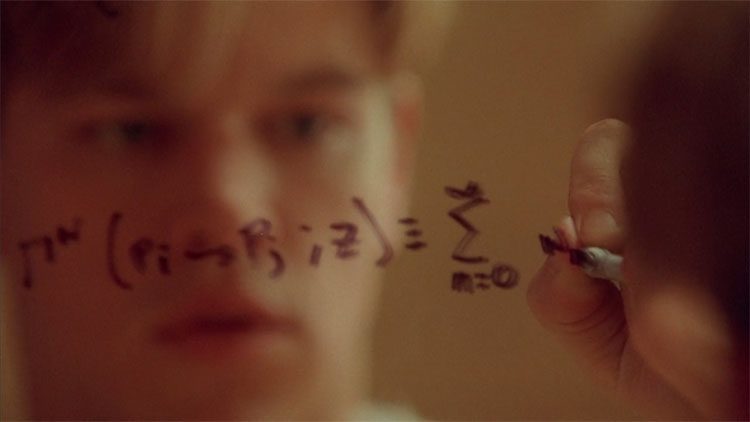Although the number pi is formed from an infinite sequence of unpredictable digits, it is not as random as we might think. Pi actually contains all sorts of surprising patterns.
For thousands of years, mathematicians have tirelessly worked to uncover the mysteries of pi (π). Pi is known to have a value of 3.14, and there are over 13 billion digits behind the decimal point. This is the result of researchers’ efforts to calculate pi with greater precision.
Since the 18th century, it has been known that humans will never be able to compute all the digits of pi. This is because pi is an irrational number that continues infinitely and does not follow a specific rule.
In 1888, the logician John Venn – the creator of Venn diagrams – tried to visually demonstrate that the digits behind the decimal point of pi are completely random. He plotted a graph showing the first 707 decimal places, using arrows to represent the digits from 0 to 7, and then drew lines to illustrate the path of each digit.
Venn performed this work with pen and paper, but today modern technology has enabled the creation of more detailed and beautiful models.
Despite being made up of an endless string of unpredictable digits, pi is not as random as we think. It actually contains all kinds of surprising patterns.

There are still many strange things about pi that remain unknown. (Image: Netflix).
Normal but Not Random
The reason we cannot call pi random is that its digits are precisely determined and fixed. For example, the second decimal place in pi is always 4. Therefore, one cannot question whether other digits could occupy this position; it is certainly not a random position.
However, we can ask a related question: “Is pi a normal number?” A decimal is considered normal if every digit sequence has an equal probability of appearing, making them look random – though that is not the case in reality.
By examining the digits of pi and applying statistical tests, we can attempt to determine whether pi is a normal number. To date, the tests conducted have not provided a definitive answer to this question.
For example, in 2003, Yasumasa Kanada published a statistical table showing the frequency of different digits in one billion decimal places of pi:
Digit / Frequency
- 0 / 99,999,485,134
- 1 / 99,999,945,664
- 2 / 100,000,480,057
- 3 / 99,999,787,805
- 4 / 100,000,357,857
- 5 / 99,999,671,008
- 6 / 99,999,807,503
- 7 / 99,999,818,723
- 8 / 100,000,791,469
- 9 / 99,999,854,780
Total: 1,000,000,000,000
His research results imply that these digits appear to be fairly evenly distributed. However, this is not enough to prove that all digits of pi are normal.
Every Sequence of Digits
There is a surprising fact that if pi is indeed a normal number, then for any sequence of digits you can name, you would find it in pi. For instance, at position 768 in the digits of pi, there are six consecutive 9s. The chance of this occurring (assuming pi is a normal number) and that every sequence of n digits can occur equally is 0.08%.
After Richard Feynman won the Nobel Prize, this group of nine digits became known as “Feynman’s point”. Feynman once joked that if he had to recite the digits of pi, he would name them and then call it “and so on.”
Other interesting digit sequences have also been found. At position 17,387,594,880, the sequence 0123456789 appears, and surprisingly, at position 60, these ten digits are arranged in order.
Those who seek and study pi question: “Where can I find digits of pi?” If you want to check whether particular digits are part of pi, you can use a free online software called Pi Birthdays.
| Pi (symbol: π) is a mathematical constant that represents the ratio of the circumference of a circle to its diameter. This constant has an approximate value of 3.14159265358979. It has been represented by the Greek letter π since the mid-18th century. |


















































